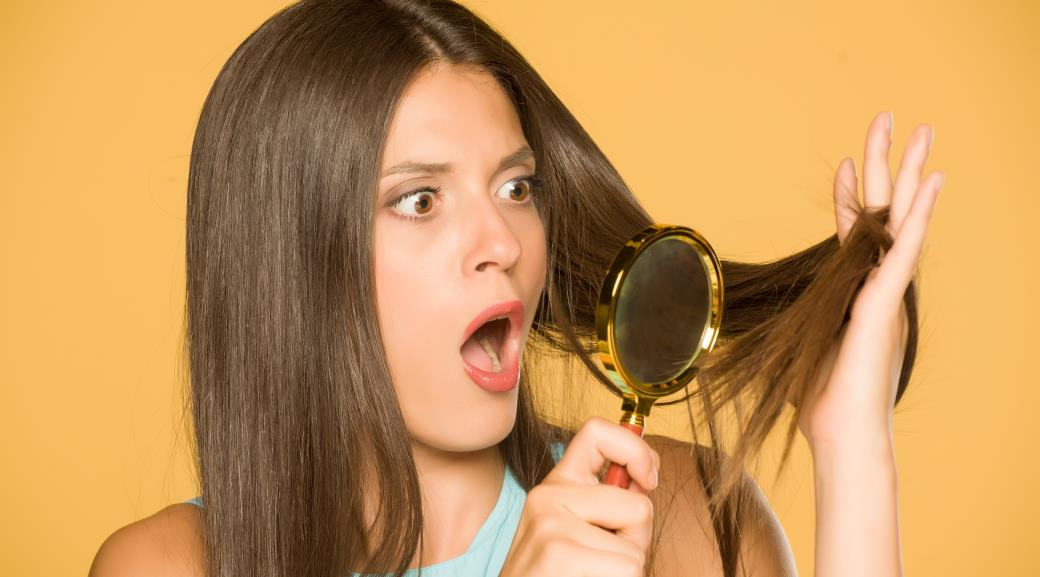When we hear the word ‘hormones’ we tend to think of puberty, menopause, or mood swings. But hormones are far more diverse than most people think and have numerous roles in the body that are essential for our health and wellbeing. By Dr Dominic Burg.
Hormone levels fluctuate throughout our lives, sometimes a part of a natural pattern, through illness or disease, because of environmental influences and also due to age, exerting their influence on various systems in our bodies. Peripherally, hormones can also have a strong impact on skin and hair health, and are key contributors to processes such as hair loss. We don’t often think of hormones as aspects of haircare and beauty, so this article will highlight the different types of hormones and how these influence skin and hair throughout our lives. Broadly, hormones in the body can be grouped into a number of main classes including:
Sex hormones: these are probably the most well-known and include estrogen, progesterone and testosterone. The sex hormones give rise to gender specific features, drive the onset of puberty and control the menstrual cycle. Sex hormones also influence skin health by regulating oil production and are also critical factors in hair growth and the hair cycle, with the androgens such as testosterone and DHT often driving genetic hair loss in both men and women.
Metabolic hormones: these set your metabolic rate, regulate your metabolism and can also affect appetite. The best known are ones like insulin and the thyroid hormones. Thyroid conditions are can be associated with both hair loss and excess hair growth, and systemic changes associated with insulin resistance and diabetes can manifest in hair loss, excess hair growth and an increase in conditions such as psoriasis.
Sleep hormones: the most well-known example is melatonin. These regulate your sleep / wake, or circadian, cycle. Melatonin is also thought to act as part of the skins UV defense and as an antioxidant that fights aging associated skin damage. Some evidence also suggests it is also involved in hair growth and hair cycling.
Stress hormones: these molecules get your body ready for fight and flight by changing metabolism, powering up the immune system and also regulating blood pressure. Cortisol is probably the best known of these hormones. Chronic stress and elevated stress hormones are also associated with changes in skin and hair as the body takes energy away from these processes for vital function.
Inflammatory hormones: These are collectively known as eicosanoids and are generally involved in infection and disease. However, they can have other functions including induction of labour. A number of these hormones are known to be involved in the way hair grows and cycles and have been implicated in hair loss. Eicosanoid hormones are also an important part of skin repair and maintenance and can have roles in skin disorders such as psoriasis. Over our lifetime our hormonal patterns change as we age and as we respond to our environment.
20’S – In our 20s we often encounter our first major stresses. Many women also start using the contraceptive pill, artificially changing hormone levels which can result in hair loss and skin changes, with breakouts or dry skin being common. Some young men with a genetic susceptibility will begin to lose their hair in their 20’s as DHT levels start to reach their maximums.
30’S – In their thirties, many women have children. Pregnancy, childbirth and breastfeeding profoundly change the hormones in the body, which can impact the hair and skin. Pregnancy is associated with shiny fast growing hair, while the post pregnancy period is characterised by post-partum hair loss, affecting around 60% of women in the months directly after having a baby. The rise in estrogen and progesterone associated with pregnancy also have an influence on the skin, which often appears healthy soft and clear over this time. For men, many in their 30s begin to show the signs of a slow form of androgen associated hair loss.
40’S – The decade of the 40’s is often the most professionally and personally busy for women and men as family and careers compete for time. This leads to increased stress, poor dieting habits and quite often less exercise. The 40’s are also the decade most likely to see a divorce, resulting in high stress levels. We see a reflection of these lifestyle related hormone changes in hair, with hair loss and aging often accelerating in this decade of life
50’S – In the decade of the 50’s metabolism slows, female sex hormones drop in the lead up to menopause, and this is the decade where type two diabetes is most frequently diagnosed in men and women. Skin tends to become much drier as the hormone mediated signaling to oil glands diminishes, hair also becomes drier and more brittle in men and women
60’S AND BEYOND – In the decade of the 60’s menopause in women is complete and metabolism continues to steadily slow, continuing to impact skin and hair health in men and women. With menopause comes a drop in the female hormones (estrogens etc), leading to a relative increase in the influence of testosterone. Testosterone can affect women’s follicles in the same way as in some men, so a proportion of susceptible women will experience an increase in hair loss after menopause.
WHAT CAN BE DONE? Diseases impacting hormones should be controlled with the help of specialist physicians, often once the hormonal imbalance is corrected, hair and skin will improve. Lifestyle associated hormonal changes can be managed by improving habits, exercising regularly, making sure the diet is balanced and reducing stress. If you take these measures it will often be reflected by improvements in your skin and hair. Not much can be done about hormone changes with age, particularly for women, but taking care of lifestyle and ensuring regular exercise, with the help of selected natural and clean beauty products will pay dividends with you skin and hair.



Great to read of philanthropic actions from the Skincare/ cosmetics industry….
Enjoying esprit’s focus on global business aspects of the industry